Relational Databases
Relational databases, also known as RDBMS (Relational Database Management Systems), are a type of database that organizes data into structured tables. Each table consists of rows and columns, where rows represent individual records and columns represent the attributes of those records. This structured format allows for efficient data management and retrieval using SQL (Structured Query Language). Relational databases are particularly effective for handling large volumes of structured data and maintaining relationships between different data entities. They ensure data integrity and support complex queries, making them a popular choice for various applications in business and technology.

Relational vs. Non-Relational Databases
Before we dive into relational and non-relational databases, let’s understand what a database is. A database is data stored on a computer that can be accessed when you need it. Databases structure…
📚 Read more at Level Up Coding🔎 Find similar documents
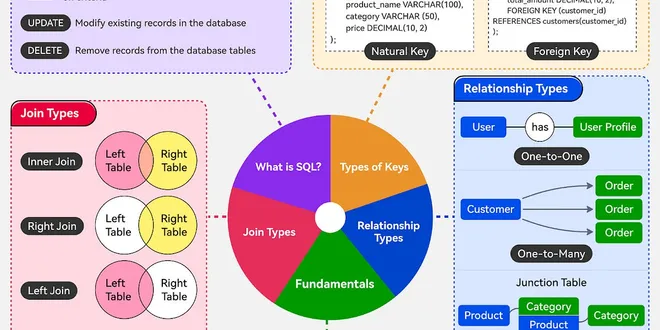
A Crash Course on Relational Database Design
In today's data-driven world, efficient storage and management of information are critical requirements for businesses and organizations of all sizes. Relational databases provide a robust framework f...
📚 Read more at ByteByteGo Newsletter🔎 Find similar documents
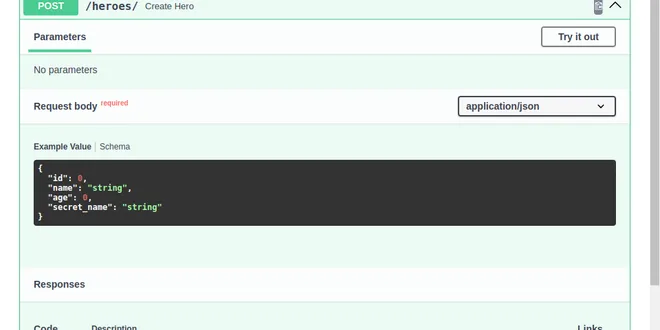
SQL (Relational) Databases
SQL (Relational) Databases FastAPI doesn't require you to use a SQL (relational) database. But you can use any relational database that you want. Here we'll see an example using SQLAlchemy . You can ...
📚 Read more at FastAPI Documentation🔎 Find similar documents

Practical SQL: Create and Query a Relational Database
SQL is a programming language that is used by most relational database management systems (RDBMS) to manage data stored in tabular form (i.e. tables). A relational database consists of multiple…
📚 Read more at Towards Data Science🔎 Find similar documents
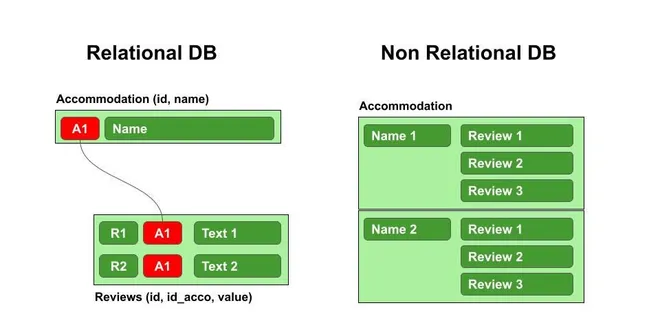
Relational VS Non Relational Databases
Choosing the right database for storing your data is not always an easy choice. In fact, if in the first instance, the use of a relational database might seem more natural, in some cases this choice…
📚 Read more at Towards Data Science🔎 Find similar documents

Practical SQL: Designing and Creating a Relational Database
SQL is a programming language that is used by most relational database management systems (RDBMS) to manage data stored in tabular form (i.e. tables). A relational database consists of multiple…
📚 Read more at Towards Data Science🔎 Find similar documents
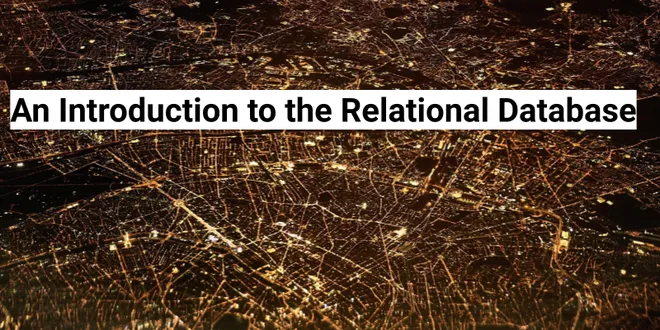
An Introduction to the Relational Database
As a data scientist, a big part of your job is obtaining the data that you need to operate on. In many companies, that data will be stored in one or more relational databases. The goal of this…
📚 Read more at Towards Data Science🔎 Find similar documents
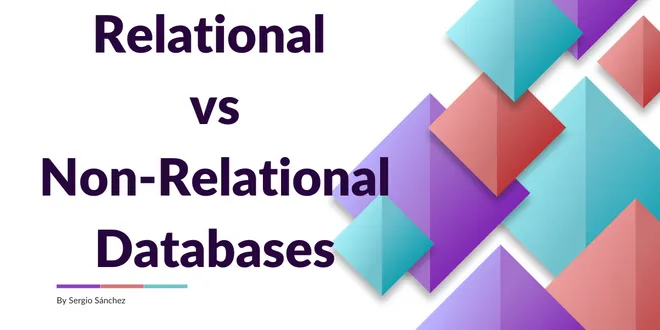
A Comprehensive Comparison of Relational and Non-Relational Databases
In the ever-evolving landscape of database management systems, the choice between relational databases (RDBMS) and non-relational databases (NoSQL) significantly impacts application performance and sc...
📚 Read more at Javarevisited🔎 Find similar documents

System Design Fundamentals: Relational Databases
A brief look into relational databases Continue reading on Level Up Coding
📚 Read more at Level Up Coding🔎 Find similar documents

Weighing the Options: Relational vs. Non-Relational Databases’ Strengths and Weaknesses
In the world of databases, there has been an ongoing debate about the merits of relational databases versus non-relational databases, also known as NoSQL databases. Some argue that relational database...
📚 Read more at Level Up Coding🔎 Find similar documents

A Beginner’s Primer to Relational vs. Non-Relational Databases
A quick overview of relational (SQL) and non-relational (NoSQL) databases, what they are, how they differ, and use cases for each. At a very high level, relational databases like MySQL, PostgreSQL…
📚 Read more at Level Up Coding🔎 Find similar documents
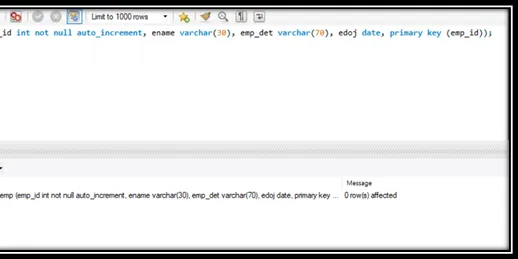
MYSQL
A relational database organizes data into one or more data tables in which data types may be related to each other; these relations help structure the data. SQL is a language programmers use to…
📚 Read more at Analytics Vidhya🔎 Find similar documents

